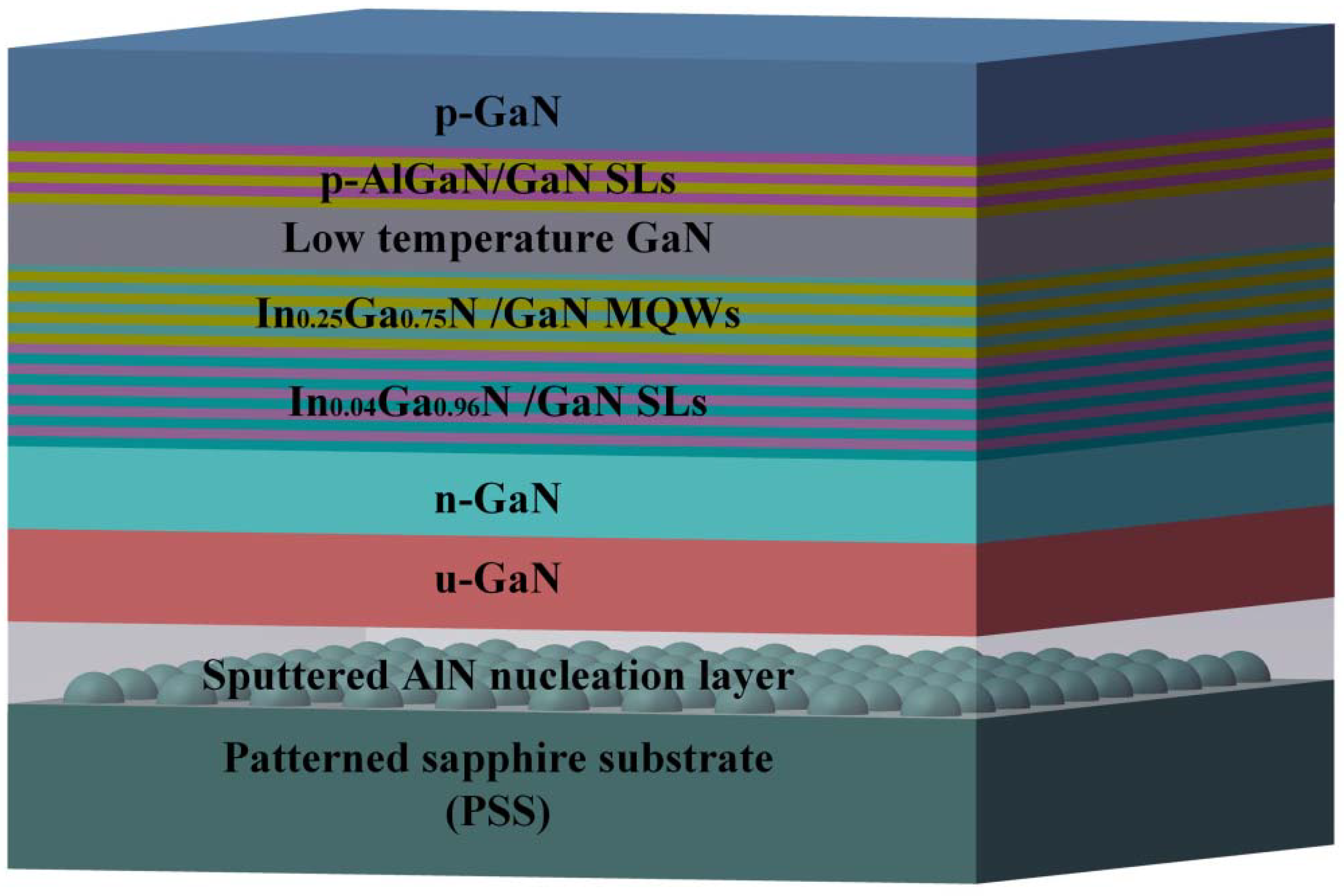Overview of Quantum Pits

Quantum pits are two-dimensional semiconductor structures in which electrons are confined in one direction, resulting in discrete energy levels. These structures have significant implications in semiconductor physics and device applications due to their unique electrical and optical properties.
The formation of quantum pits involves the growth of a thin layer of a semiconductor material, typically a few nanometers thick, between two layers of a wider-bandgap semiconductor. This creates a potential well in which electrons can be confined. The properties of the quantum pit, such as its energy levels and effective mass, are determined by the thickness of the well and the materials used.
Commonly used materials for quantum pit structures include GaAs/AlGaAs, InGaAs/GaAs, and InP/InGaAsP. These materials have different bandgaps and effective masses, which allows for the tailoring of the quantum pit properties for specific applications.
Applications of Quantum Pits

Quantum pits are utilized in a wide range of applications, encompassing both optoelectronic and electronic devices. Their unique properties make them indispensable for cutting-edge technologies.
Optoelectronic Devices
In the realm of optoelectronics, quantum pits play a pivotal role in the development of lasers and light-emitting diodes (LEDs). The precise control over the energy levels in quantum pits allows for the emission of light at specific wavelengths, resulting in highly efficient and versatile light sources.
Electronic Devices
Quantum pits are also indispensable in the fabrication of electronic devices, including transistors and sensors. Their ability to confine electrons and holes in two dimensions leads to enhanced device performance, enabling faster switching speeds and improved sensitivity.
Commercial Applications
The applications of quantum pits extend far beyond the laboratory. They are commercially utilized in various products, including:
- Laser pointers
- Blu-ray players
- High-efficiency solar cells
- Advanced imaging sensors
- Quantum computing devices
As research and development continue to advance, the potential applications of quantum pits are expected to expand even further, revolutionizing industries and shaping the future of technology.
Research and Advancements in Quantum Pits

Quantum pit research is rapidly expanding, driven by the potential for transformative applications in electronics, optoelectronics, and sensing. Current efforts focus on exploring novel materials and device architectures to enhance performance and functionality.
Breakthroughs and Innovations, Quantum pits
Recent breakthroughs include the development of:
– Atomically thin quantum pits: These ultra-thin structures exhibit exceptional electronic and optical properties, enabling new device concepts and applications.
– Heterostructure quantum pits: Combining different semiconductor materials in quantum pits allows for tailored bandgap engineering and improved charge confinement.
– Spin-orbit coupled quantum pits: These systems exploit the interaction between electron spin and momentum, offering potential for spintronics and quantum computing applications.
Potential Future Applications
The continued advancement of quantum pit research holds promise for:
– High-efficiency solar cells: Quantum pits can enhance light absorption and charge separation, leading to improved photovoltaic performance.
– Ultra-fast transistors: Quantum pits can enable faster switching speeds and reduced power consumption in electronic devices.
– Quantum sensors: Quantum pits can serve as highly sensitive detectors for magnetic fields, temperature, and other physical parameters.